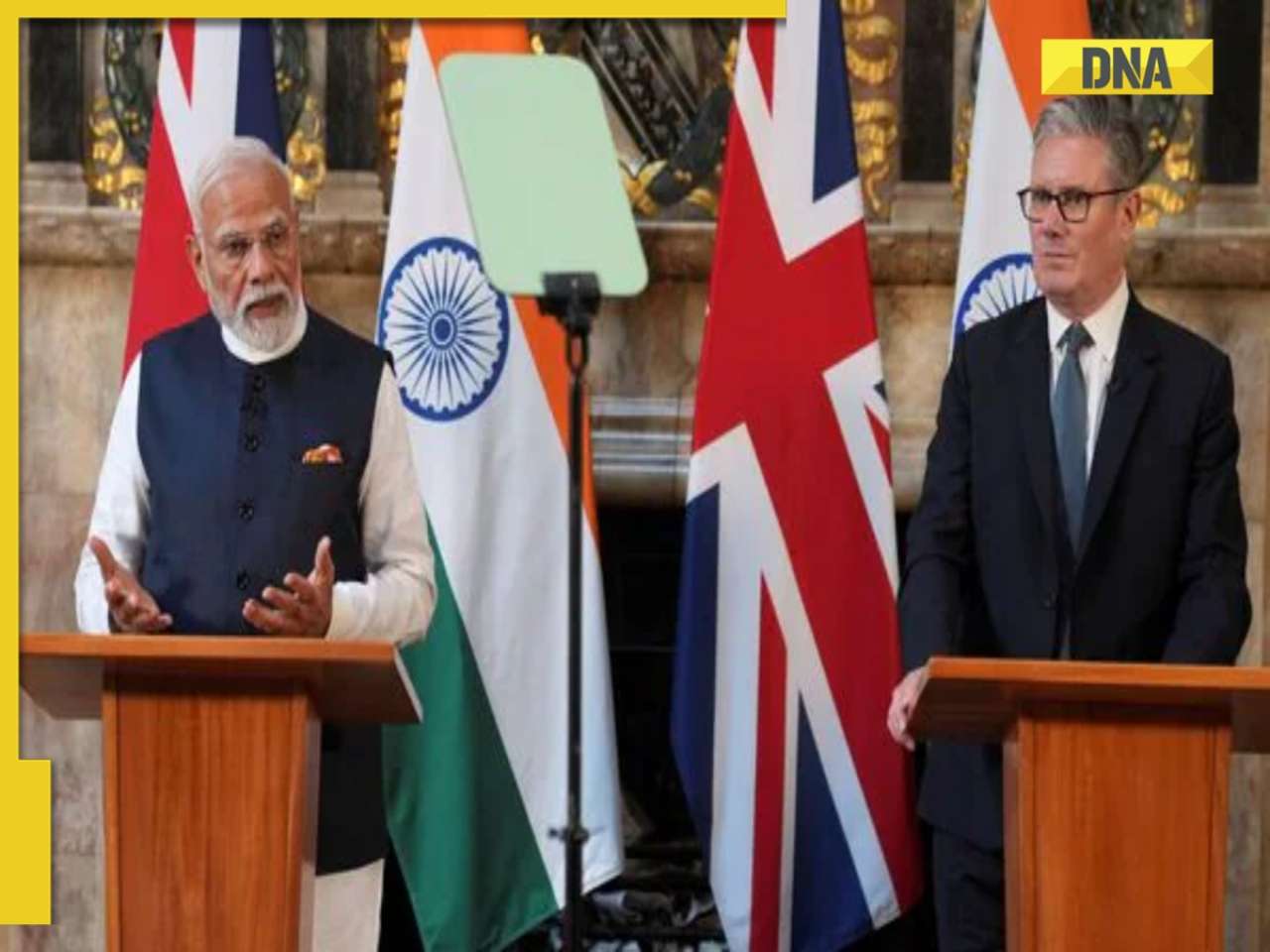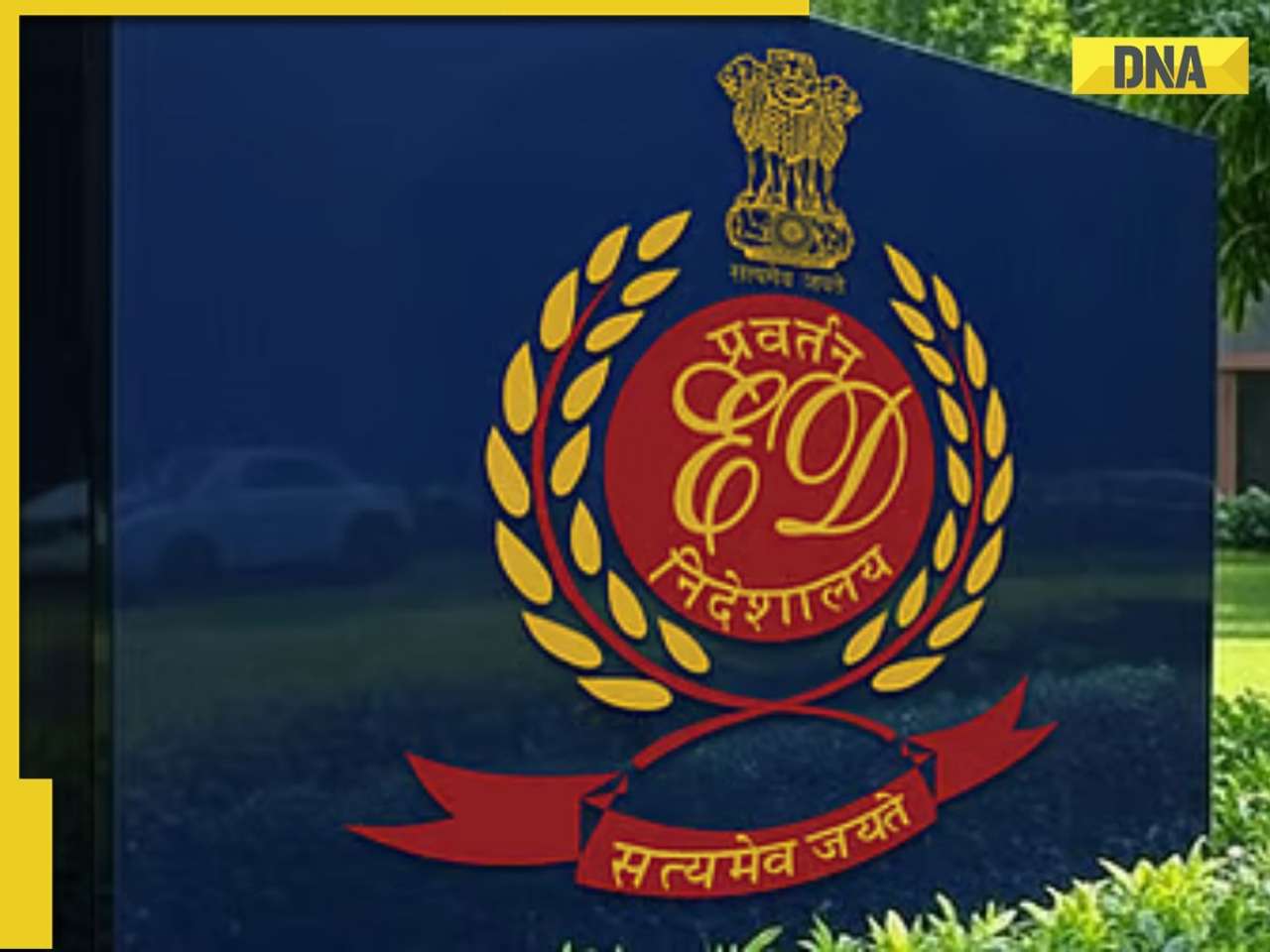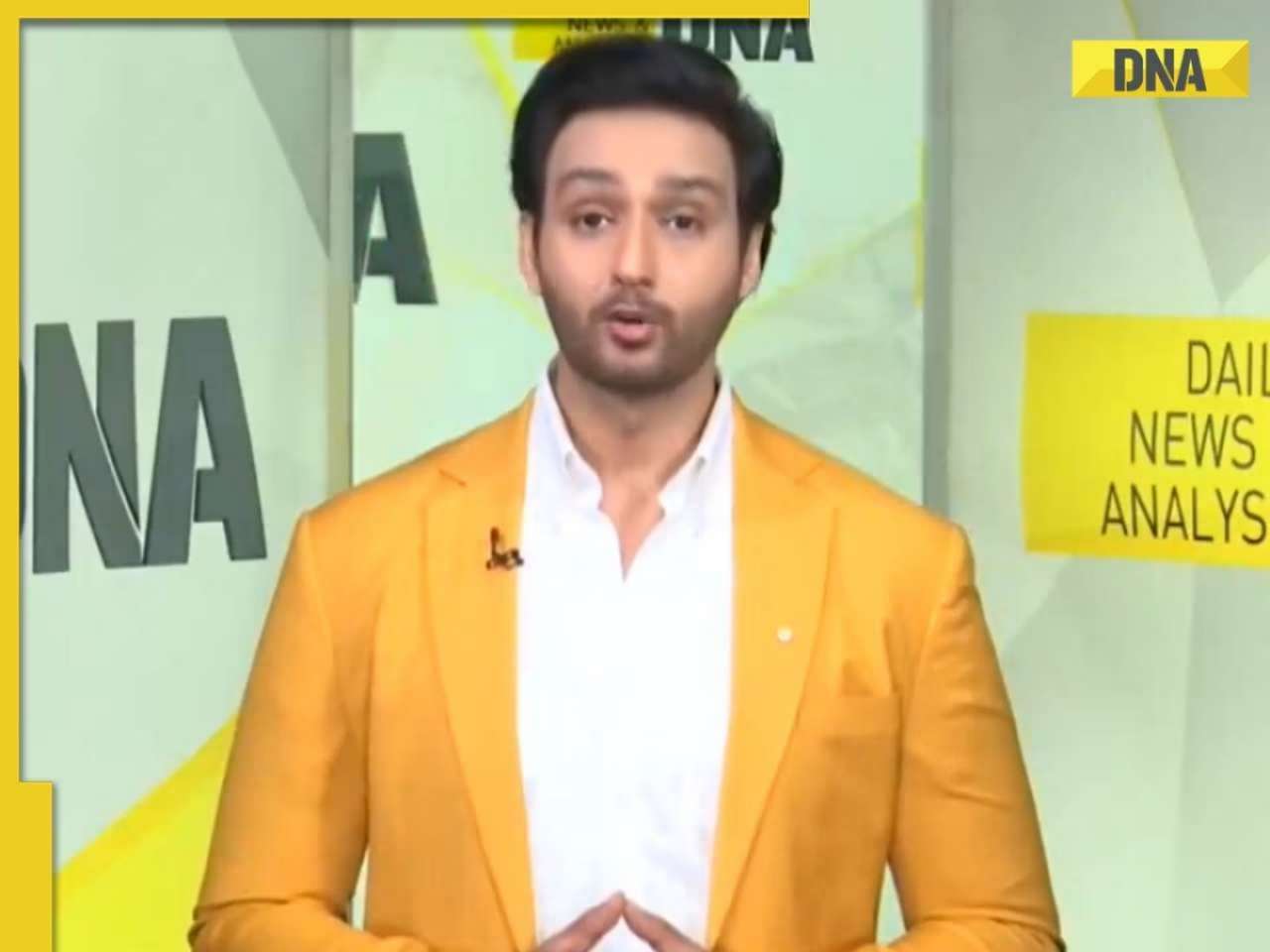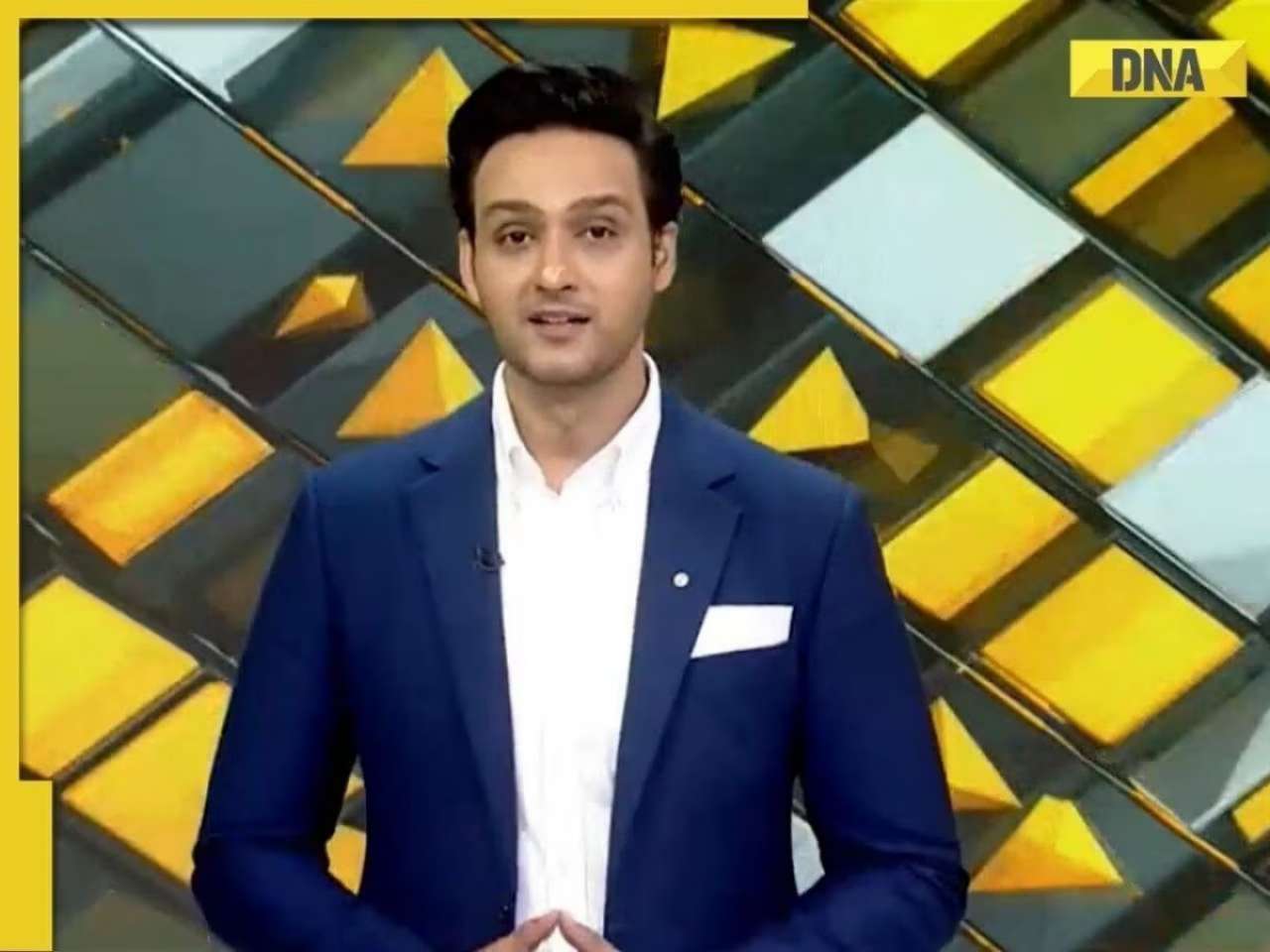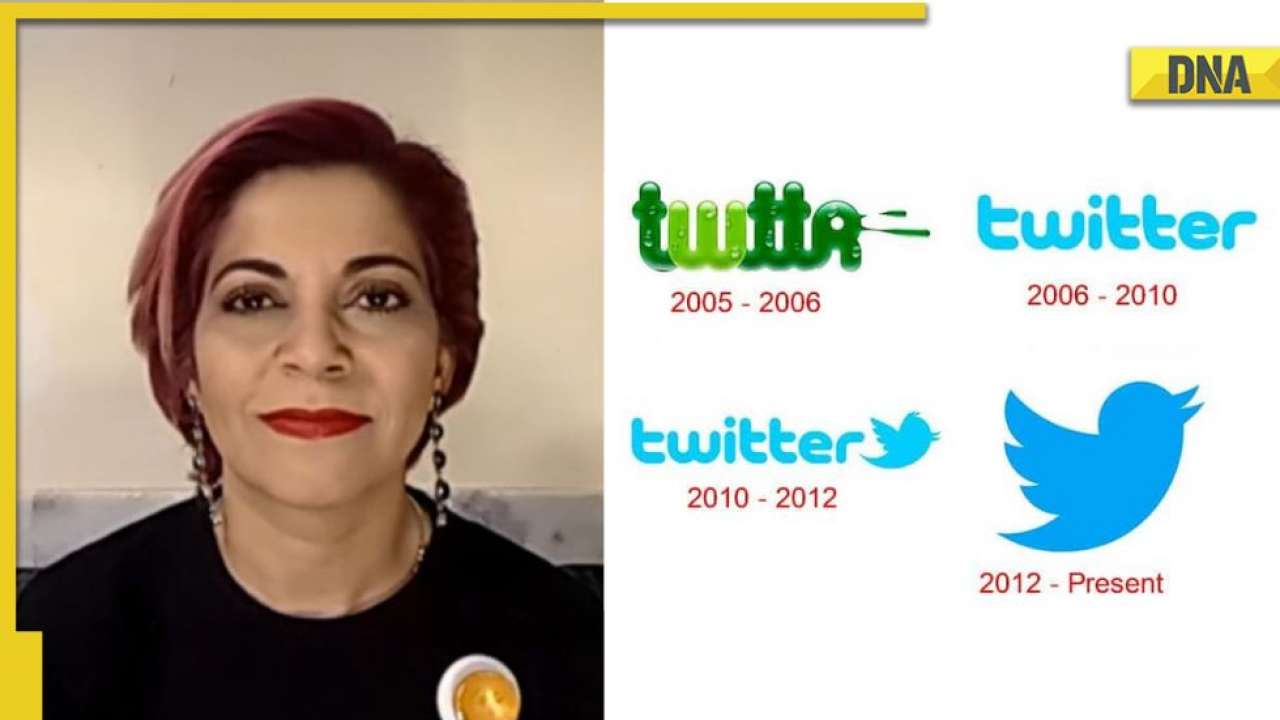From delayed dreams to rising debt, India’s Gen Z is caught in a financial web—and the ripple effects may reshape the country’s economic future.
Yash, 25, lies awake in a rented one-bedroom flat, staring at his smartphone screen glowing with another dreaded notification: “Your credit card is now over the limit.” It's the fifth card he’s maxed out this year.
What began with a small Rs 5,000 BNPL (Buy Now, Pay Later) transaction to buy exam books has spiraled into Rs 4.2 lakh in revolving debt. Rajesh earns Rs 45,000 a month at a Noida-based fintech start-up. After paying rent, groceries, EMIs, and app-based microloan repayments, he's left with less than Rs 2,000. He skips breakfast most days, avoids calls from family—ashamed to admit that while he has a job, he’s living paycheck to paycheck.
Yash is not alone.
The debt trap nobody talks about
Across India, a silent financial emergency is gripping Generation Z—those born between 1995 and 2012. With over 377 million members, they are India’s largest generation, making up 46% of the country’s active consumers and a growing share of its workforce. Yet, many of them are entering adulthood already deep in debt.
According to the Reserve Bank of India, credit card outstanding balances reached an all-time high of Rs 2.92 lakh crore in 2024—more than double the Rs 1.4 lakh crore in 2020. BNPL services, once a symbol of convenience, have turned into a liability: defaults have surged 28.4%, and delinquency rates on BNPL now touch 2.9%.
Education loans offer little respite. Total outstanding student debt in India crossed Rs 1.17 lakh crore in 2025, with default rates inching toward 8%. As reported by the RBI's Financial Stability Report, average loan sizes range between Rs 4–10 lakh, with interest rates from 8% to 12%—often without grace periods or repayment protections.
“We Studied Hard. We Earned Degrees. But We’re Still Stuck.”
For students like Sneha, a 23-year-old BTech graduate from Bhopal, her dream job pays Rs 28,000/month. “It’s not enough to manage rent in Pune, repay my ₹5 lakh loan, and still support my parents back home,” she says. “Every month feels like a countdown.”
The bigger picture confirms Sneha’s reality. As per the Labour Ministry, youth unemployment (ages 20–24) is at 43.36%, the highest in over four decades. Even among employed graduates, real wages have stagnated—especially in IT, engineering, and BFSI sectors—while inflation has steadily climbed. Food inflation hit 8.39% in December 2024. Housing prices rose 21% YoY, and urban rents spiked 15–18%, according to ANAROCK Property Consultants.
Credit on tap, caution in short supply
Today’s Gen Z grew up in a world of swipes and subscriptions. Credit is accessible like never before—but so is the risk. Over 40% of new retail loans in India are issued to those under 30, many under ₹10,000—the sweet spot for quick digital loans. However, according to CRIF High Mark data, small-ticket unsecured loan default rates have reached 26%.
With more than 64% of the market share, fintech lenders control the majority of the BNPL ecosystem, but they provide little transparency. Credit limits increase without clear consent, and terms are hidden in apps. Many first-time borrowers unintentionally engage in debt stacking, which is the practice of repaying one loan with another, when they lack sound financial literacy.
According to a 2024 Streak survey, just 16.7% of Indian teenagers are financially literate. A startling 60% of people don't understand the fundamentals of interest, credit scores, or investing, and 45% don't know how to create a budget. Peer pressure, consumerist culture, and social media influencers all contribute to the flames by praising spending but hardly ever talking about repayment.
An Emotional and Economic Collapse
Beyond the numbers lies a crisis of confidence and well-being.
Recent findings from Arta's 2024 FinWell Study reveal:
- 48% of Gen Z Indians feel financially insecure.
- 30% cite money as their primary stressor.
- Mental health issues like anxiety, insomnia, and depression are on the rise.
These financial insecurities are reshaping India's demographic profile:
- The average age for first-time home buyers has risen to 41, up from 38 (RBI data).
- Marriage and parenthood are being delayed.
- Only 20% of Gen Zs with entrepreneurial aspirations intend to launch a startup, down from 33% in 2020 (GEM India Report).
The Effects of a personal crisis on the nation
India's Gen Z already injects about 72.28 lakh crore (~ US $865 billion) into the consumer economy each year, and according to Boston Consulting Group's 2024 study "The US$2-Trillion Opportunity: How Gen Z Is Shaping the New India" their annual spending could swell to roughly 16/ lakh crore (nearly US $2 trillion) by 2035; yet mounting debt and fading financial confidence may still choke their capacity to save, spend, and launch new ventures.
India now has the highest household debt-to-GDP ratio in modern history, at 39.1%. 72% of household liabilities are now non-housing debt, including credit cards, app-based loans, and BNPL. Given that domestic consumption is expected to drive economic growth, the financial well-being of this generation has a direct impact on India's GDP and tax base.
The way forward: From blame to building
While some blame Gen Z for being reckless spenders, the data tells a more nuanced story. This is not a generation that wants to live in debt-it's one that's been pushed into it.
What can be done?
Financial education reform
- Introduce compulsory personal finance in school from Class 7 (per 2022 Bill proposal).
- Topics: taxes, credit scores, interest rates, investment basics.
RBI & credit oversight
- Enforce opt-ins for BNPL credit limits.
- Link BNPL histories to formal credit bureaus
- Limit youth-targeted credit marketing.
Revamp Student Loan Schemes
- Expand the PM-VidyaLakshmi portal:
- 7.5 lakh collateral-free loans
- 75% government-backed guarantee
- 3% interest subvention for families earning under 8 lakh
Bank and employer initiatives
- Launch Gen Z-friendly savings tools with gamified interfaces.
- Promote financial wellness in onboarding programs-61% of youth report feeling "financially happier" with employer support.
One Nation, One Subscription
- Provide affordable access to skill-based digital courses to reduce reliance on expensive private programs.
This generation is not lazy-they're cornered
Rajesh, Sneha, and millions like them are not outliers. They are India's most connected, most educated, most aspirational generation and they are crying for help through their rising EMIs and sleepless nights.
But there is also hope.
- 73% of Gen Z Indians save regularly, even if it's small.
- 85% use AI-based tools, showing adaptability and learning.
- 94% say real-world financial knowledge is more important than any degree.
If we listen-and act-they could be India's strongest economic engine. If we don't, this could become a generation that almost drove India's prosperity, but instead paid the price for systemic neglect.
The clock is ticking. And so are their credit card meters.
(Disclaimer: The views expressed above are the author's own and do not reflect those of DNA)
 IND vs ENG: R Ashwin declares management's 'batting depth' theory flawed, makes explosive case for Kuldeep Yadav
IND vs ENG: R Ashwin declares management's 'batting depth' theory flawed, makes explosive case for Kuldeep Yadav Sukesh Chandrashekhar promises 2BHK flats worth Rs 1 crore to Jacqueline Fernandez fans in a lucky draw for...
Sukesh Chandrashekhar promises 2BHK flats worth Rs 1 crore to Jacqueline Fernandez fans in a lucky draw for... Israel makes it mandatory for military officers to study Islam and learn Arabic due to...
Israel makes it mandatory for military officers to study Islam and learn Arabic due to...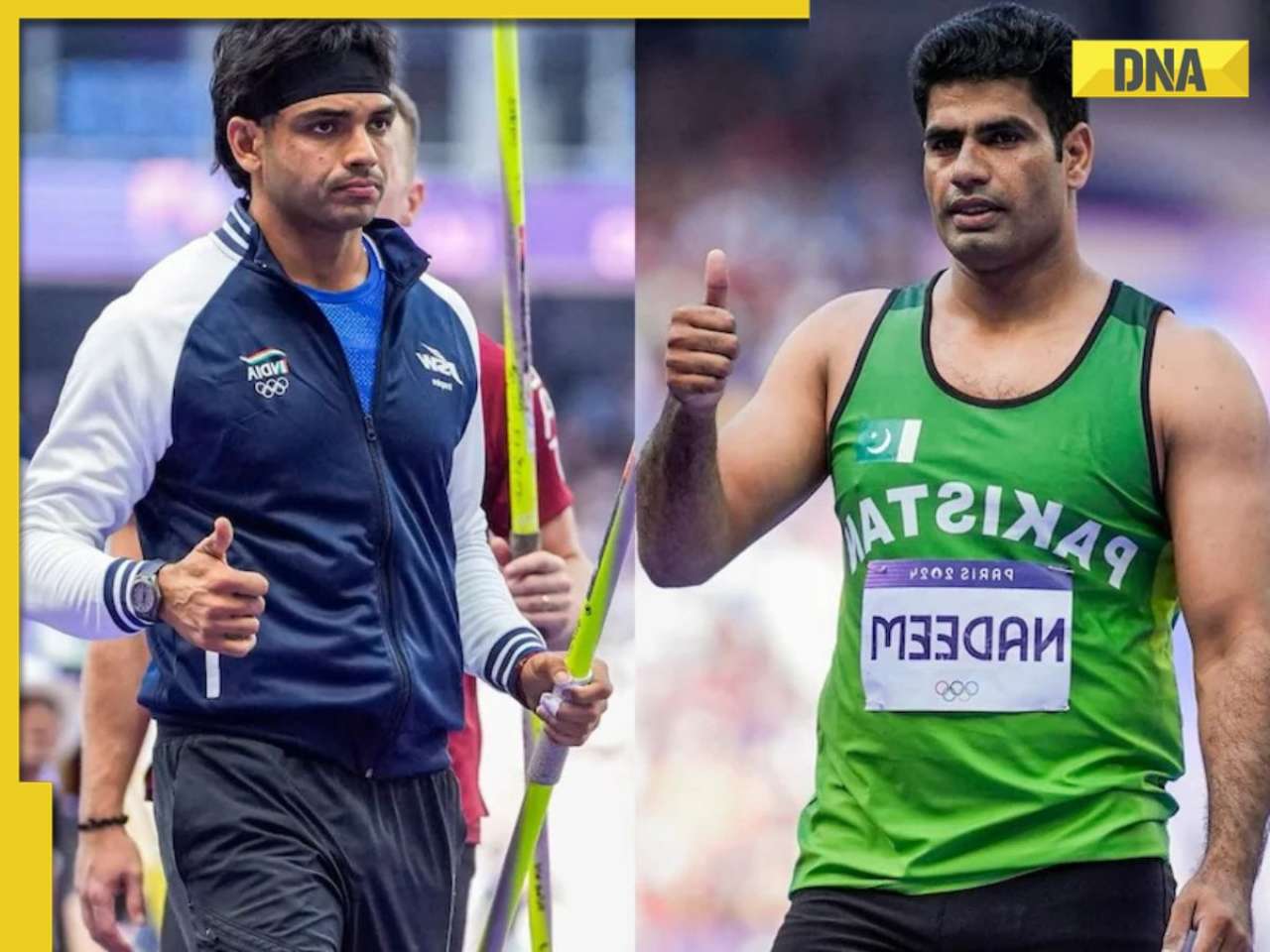 Neeraj Chopra vs Arshad Nadeem showdown in Poland Diamond League uncertain as Pakistani javelin star....
Neeraj Chopra vs Arshad Nadeem showdown in Poland Diamond League uncertain as Pakistani javelin star.... This company bags Rs 2000 crore contract from Defence Ministry for...; not HAL, Mazagon Dock
This company bags Rs 2000 crore contract from Defence Ministry for...; not HAL, Mazagon Dock Other than heart attacks or BP : 7 hidden heart conditions triggered by oily foods
Other than heart attacks or BP : 7 hidden heart conditions triggered by oily foods 7 most captivating space images captured by NASA you need to see
7 most captivating space images captured by NASA you need to see AI-remagined famous Bollywood father-son duos will leave you in splits
AI-remagined famous Bollywood father-son duos will leave you in splits 7 superfoods that boost hair growth naturally
7 superfoods that boost hair growth naturally Confused between Forex and Credit cards for your international trip? Learn which saves more
Confused between Forex and Credit cards for your international trip? Learn which saves more Tata Harrier EV Review | Most Advanced Electric SUV from Tata?
Tata Harrier EV Review | Most Advanced Electric SUV from Tata? Vida VX2 Plus Electric Scooter Review: Range, Power & Real-World Ride Tested!
Vida VX2 Plus Electric Scooter Review: Range, Power & Real-World Ride Tested!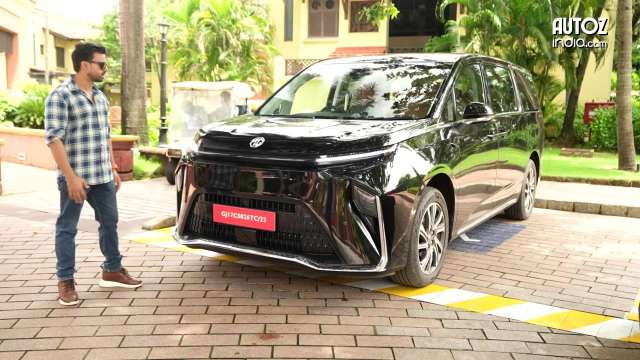 MG M9 Electric Review | Luxury EV with Jet-Style Rear Seats! Pros & Cons
MG M9 Electric Review | Luxury EV with Jet-Style Rear Seats! Pros & Cons Iphone Fold: Apple’s iPhone Fold Could Solve Samsung’s Biggest Foldable Problem | Samsung Z Fold 7
Iphone Fold: Apple’s iPhone Fold Could Solve Samsung’s Biggest Foldable Problem | Samsung Z Fold 7 Trump News: Congress Seeks Answers On Trump's Alleged Mediation In Operation Sindoor
Trump News: Congress Seeks Answers On Trump's Alleged Mediation In Operation Sindoor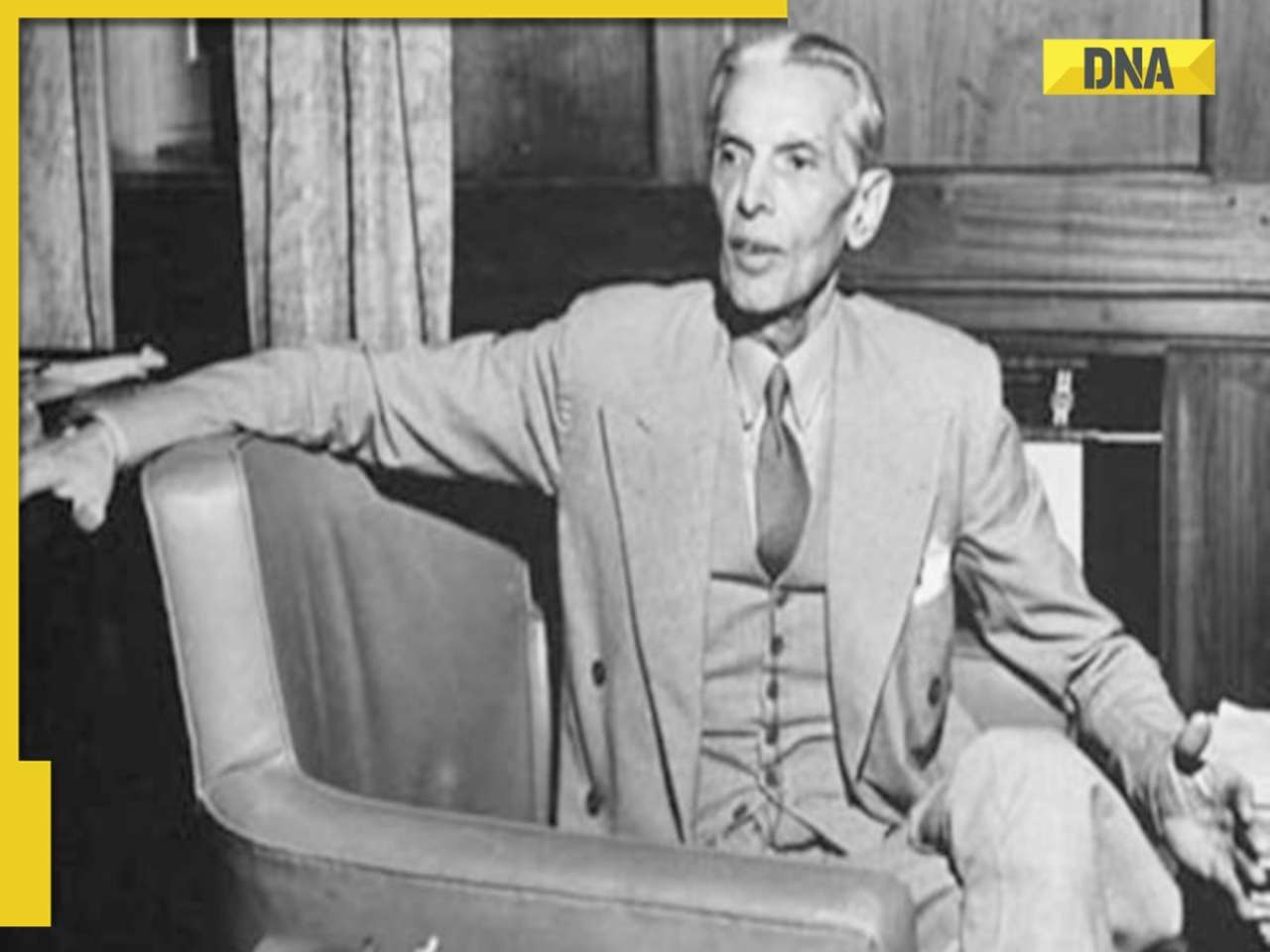 Jinnah wanted THIS Muslim man to be first Finance Minister of Pakistan, he refused, his son is on Forbes list of billionaires
Jinnah wanted THIS Muslim man to be first Finance Minister of Pakistan, he refused, his son is on Forbes list of billionaires After India-UK FTA, New Delhi to begin talks with THIS country, because...
After India-UK FTA, New Delhi to begin talks with THIS country, because...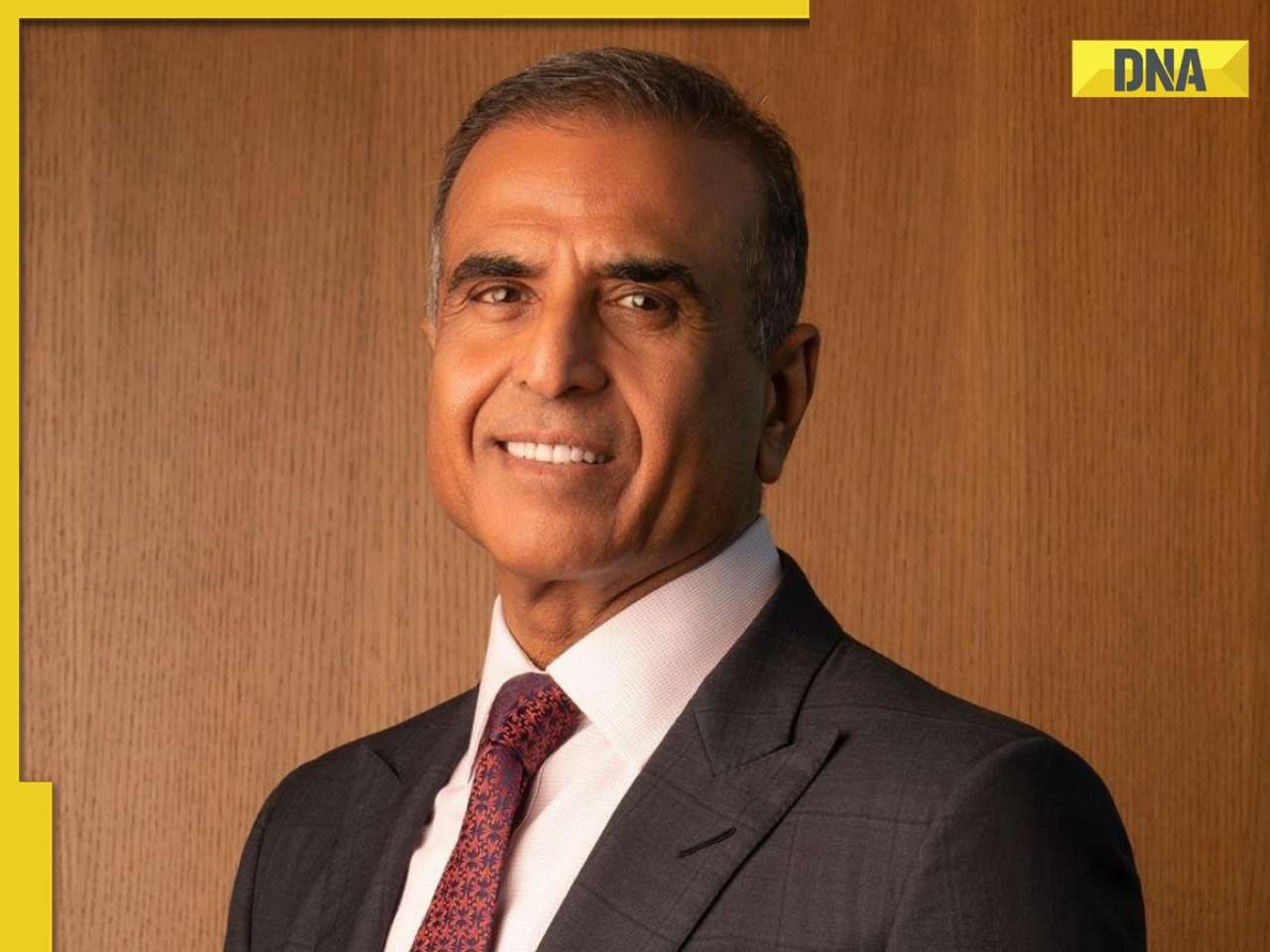 Indian billionaire Sunil Mittal earns Rs 13499163600 profit from this country, not India, UK; net worth reaches Rs...
Indian billionaire Sunil Mittal earns Rs 13499163600 profit from this country, not India, UK; net worth reaches Rs... UPI Alert! New UPI rules to come in effect from..., know how it will affect GPay, PhonePe, Paytm users
UPI Alert! New UPI rules to come in effect from..., know how it will affect GPay, PhonePe, Paytm users 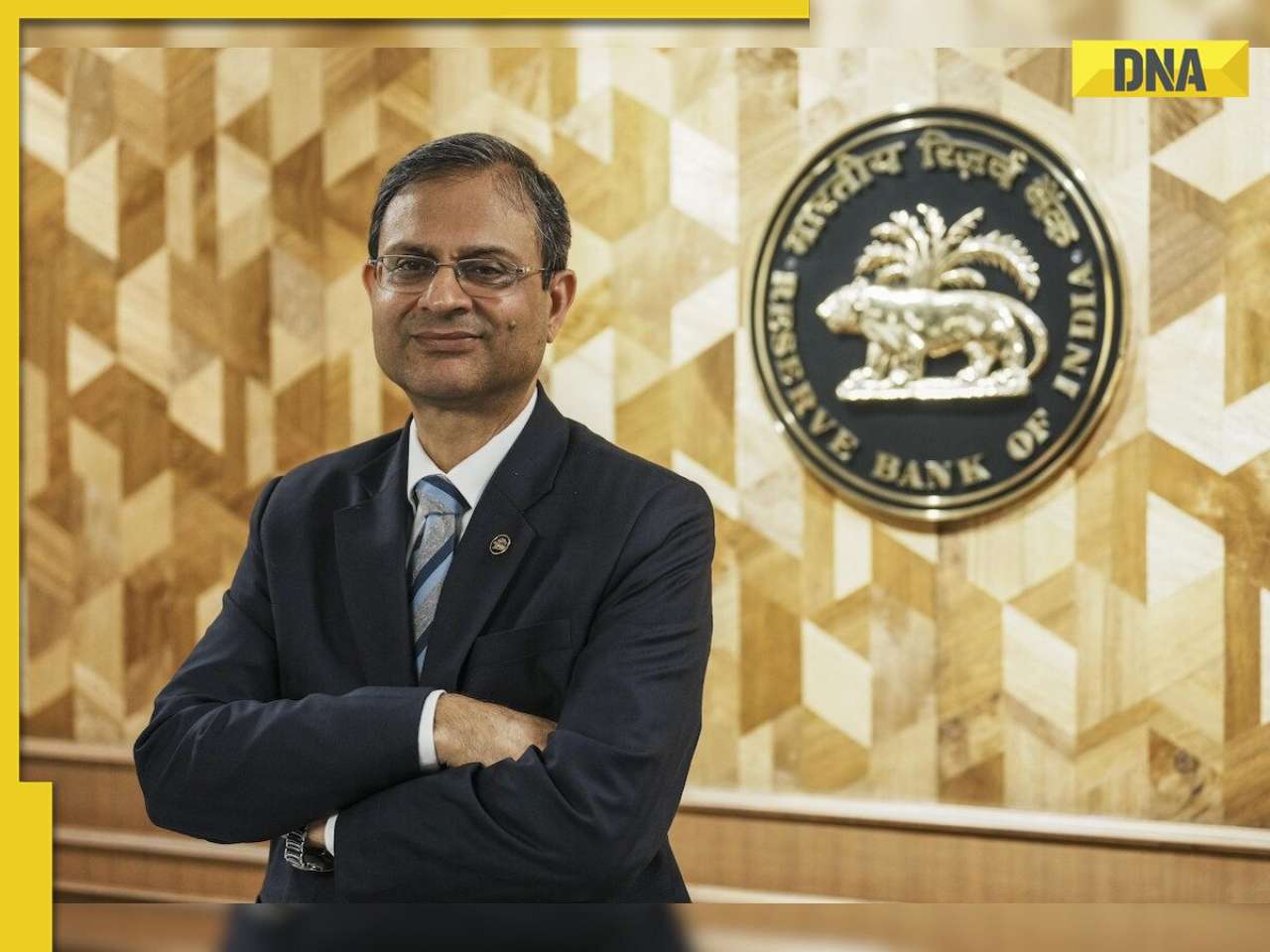 RBI Governor Sanjay Malhotra makes BIG statement on free UPI transactions, says 'some cost...'
RBI Governor Sanjay Malhotra makes BIG statement on free UPI transactions, says 'some cost...' Ashish Chanchlani looks dashing as he drops latest photos from Italy, fans say 'Tom Cruise fail hai aapke saamne'
Ashish Chanchlani looks dashing as he drops latest photos from Italy, fans say 'Tom Cruise fail hai aapke saamne' Are these five vintage car museums in India a must-visit for every automobile lover?
Are these five vintage car museums in India a must-visit for every automobile lover? Riddhima Kapoor Sahni looks dreamy in pastel gold embroidered ensemble as she walks for Suneet Varma at IWC 2025; SEE PICS
Riddhima Kapoor Sahni looks dreamy in pastel gold embroidered ensemble as she walks for Suneet Varma at IWC 2025; SEE PICS Malaika Arora grabs attention with her street style moment, dons oversized denims, white tank top, luxurious mini bag worth Rs…
Malaika Arora grabs attention with her street style moment, dons oversized denims, white tank top, luxurious mini bag worth Rs… Raksha Bandhan 2025: Bollywood's sweetest 'muh-bole' sibling bonds that celebrate rakhi beyond blood
Raksha Bandhan 2025: Bollywood's sweetest 'muh-bole' sibling bonds that celebrate rakhi beyond blood This company bags Rs 2000 crore contract from Defence Ministry for...; not HAL, Mazagon Dock
This company bags Rs 2000 crore contract from Defence Ministry for...; not HAL, Mazagon Dock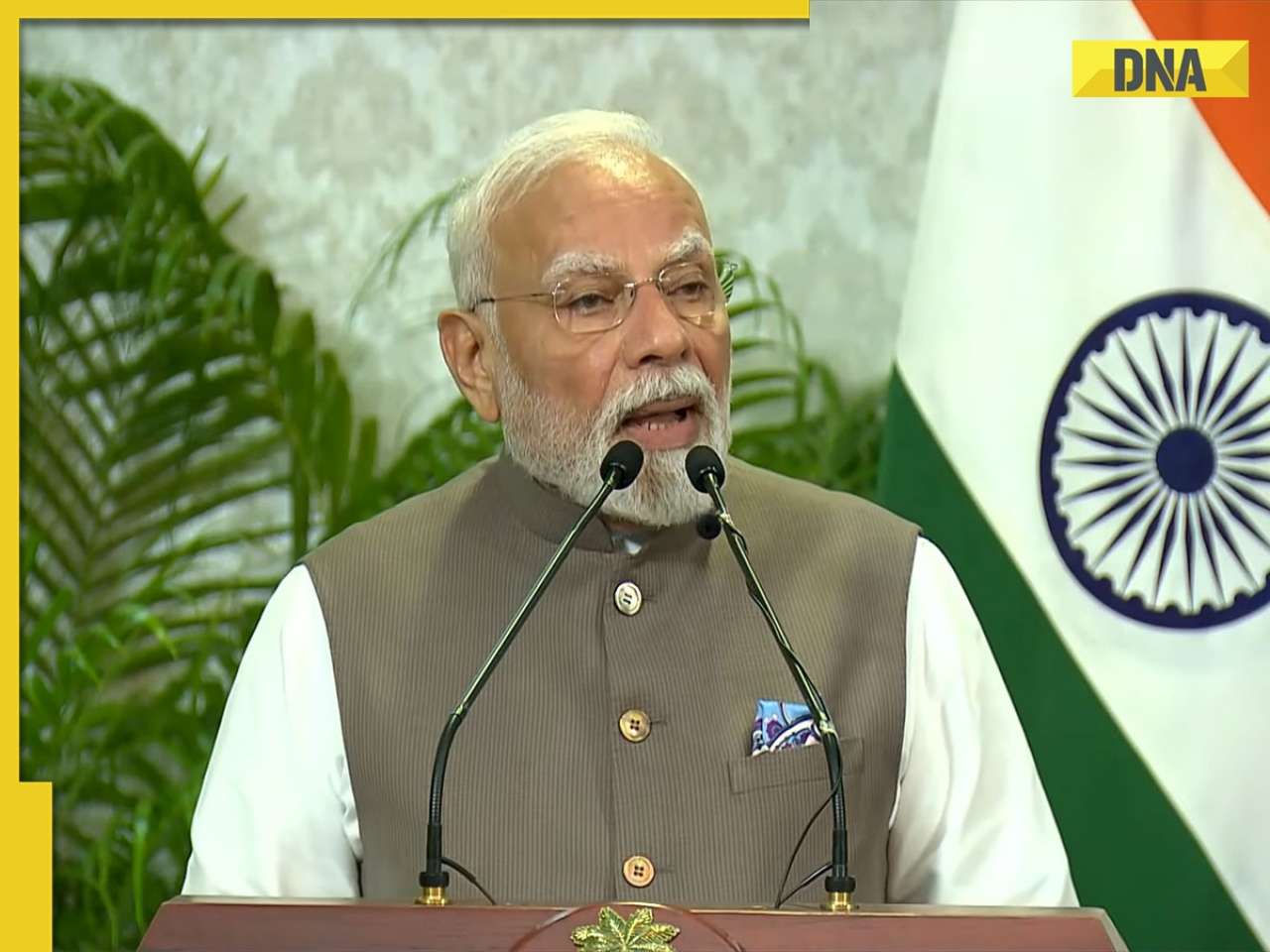 PM Modi's BIG message to Maldives, says, 'Whether it's a disaster or...'
PM Modi's BIG message to Maldives, says, 'Whether it's a disaster or...'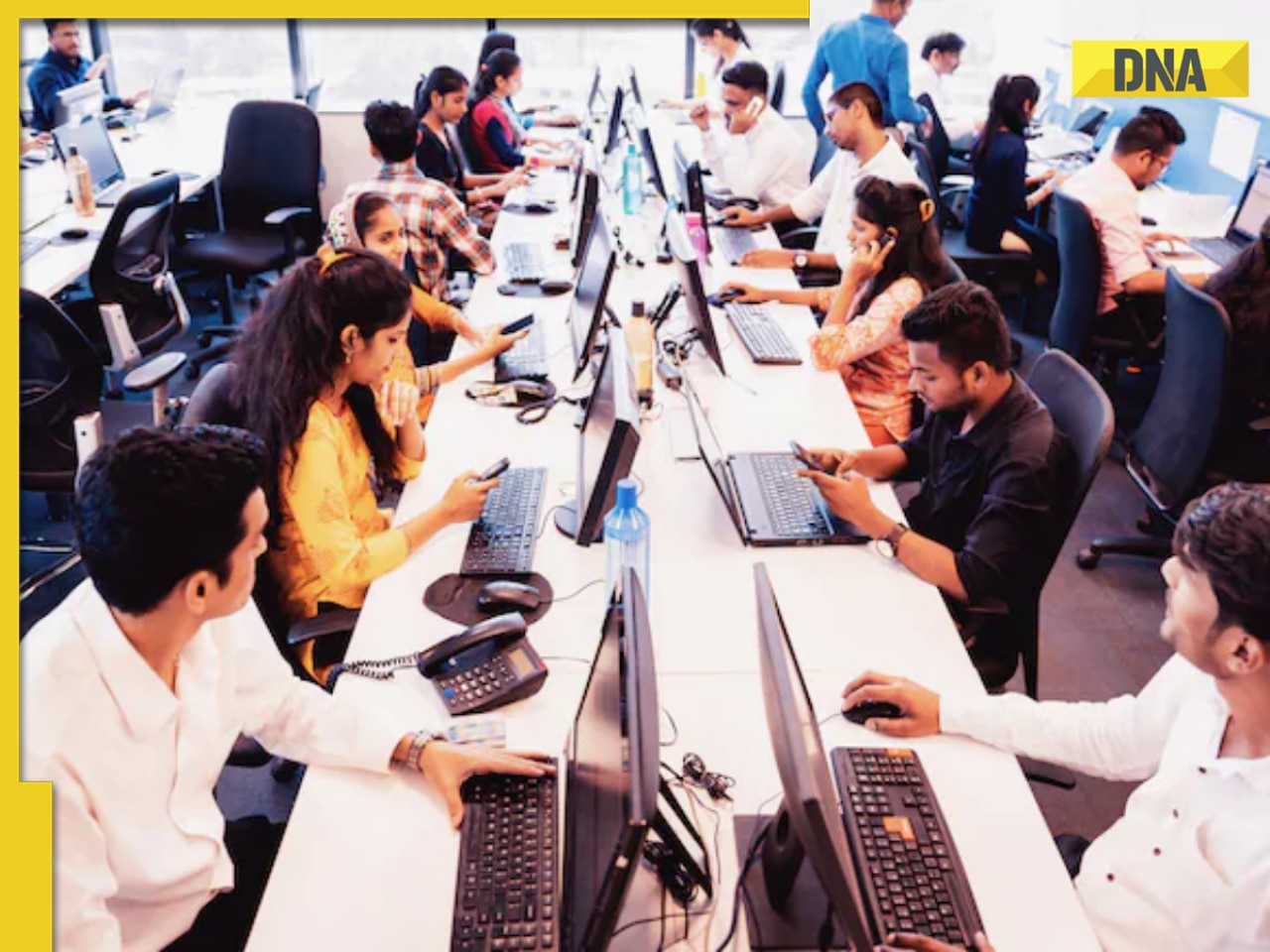 Good news for first-time employees, set to get Rs…; check eligibility and other details
Good news for first-time employees, set to get Rs…; check eligibility and other details Air India sees another mid-air scare as Mumbai-bound flight returns to Jaipur minutes after takeoff due to...
Air India sees another mid-air scare as Mumbai-bound flight returns to Jaipur minutes after takeoff due to...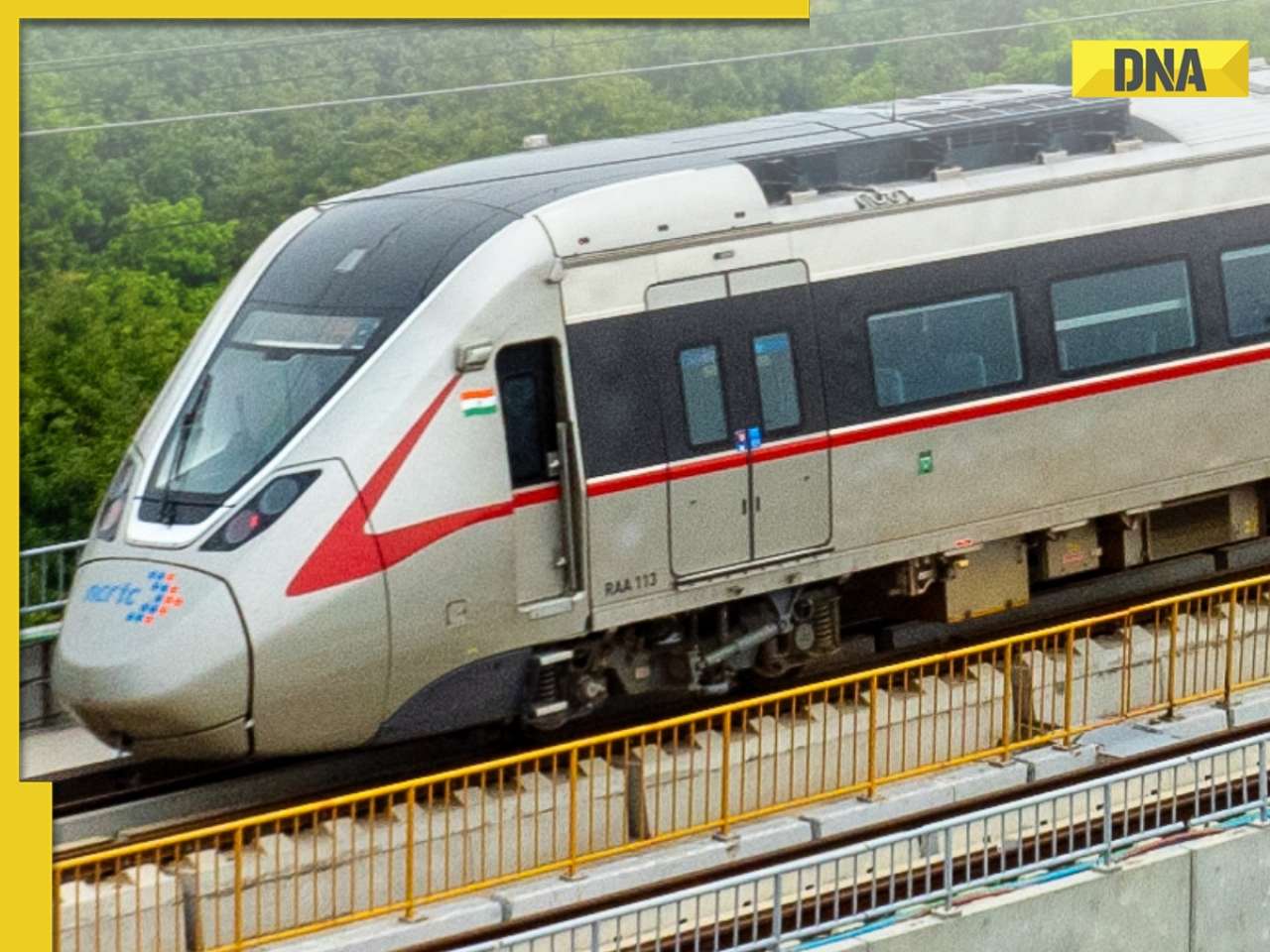 Delhi-Meerut RRTS: Namo Bharat train timings changed for July 27 due to...; to start at...
Delhi-Meerut RRTS: Namo Bharat train timings changed for July 27 due to...; to start at... Meet Nilufa Yasmine, who topped UGC NET June exam, failed twice before scoring a perfect 100, she is from...
Meet Nilufa Yasmine, who topped UGC NET June exam, failed twice before scoring a perfect 100, she is from... Meet woman, daughter of vegetable vendor who cracked UPSC, her mother mortgaged gold for her education, her AIR is…
Meet woman, daughter of vegetable vendor who cracked UPSC, her mother mortgaged gold for her education, her AIR is… Meet woman, who cracked IIT with full-time job, secured impressive AIR of...; now works at Bill Gates' Microsoft as...
Meet woman, who cracked IIT with full-time job, secured impressive AIR of...; now works at Bill Gates' Microsoft as... Meet woman, couldn't speak English, once worked at Ratan Tata's TCS, cleared ISRO, BARC exams; later cracked UPSC with AIR..., she is...
Meet woman, couldn't speak English, once worked at Ratan Tata's TCS, cleared ISRO, BARC exams; later cracked UPSC with AIR..., she is... Meet woman, 'beauty with brain', who left medical studies, cracked UPSC exam not once but twice with AIR..., she is from...
Meet woman, 'beauty with brain', who left medical studies, cracked UPSC exam not once but twice with AIR..., she is from... Maruti Suzuki's e Vitara set to debut electric market at Rs..., with range of over 500 km, to launch on...
Maruti Suzuki's e Vitara set to debut electric market at Rs..., with range of over 500 km, to launch on... This is world’s most expensive wood, cost of 1kg wood is more than gold, its name is..., is found in...
This is world’s most expensive wood, cost of 1kg wood is more than gold, its name is..., is found in... This luxury car is first choice of Indians, even left BMW, Jaguar, Audi behind in sales, it is...
This luxury car is first choice of Indians, even left BMW, Jaguar, Audi behind in sales, it is... Kia India unveils Carens Clavis: Check features, design changes, price and more; bookings open on...
Kia India unveils Carens Clavis: Check features, design changes, price and more; bookings open on... Tesla CEO Elon Musk launches most affordable Cybertruck, but it costs Rs 830000 more than older version, it is worth Rs...
Tesla CEO Elon Musk launches most affordable Cybertruck, but it costs Rs 830000 more than older version, it is worth Rs...




)
)
)
)
)
)
)
)
)
)
)
)
)
)
)
)
